At Icomera, we have taken an inclusive approach with our passenger services.
Inclusive design aims to create experiences that work for people of all backgrounds and abilities. This method acknowledges that human needs are diverse and will change with circumstances and over time. The focus is on understanding and fulfilling as many user needs as possible, not just as many users as possible.
Potentially 16% of the population will struggle in making their transit journey – and this number is only based on varying hearing and sight abilities. The number is higher when you broaden to consider temporary conditions, cognitive differences, various physical, mental, and language barriers, as well.
Ensuring easy and safe access to public transportation for all is essential.
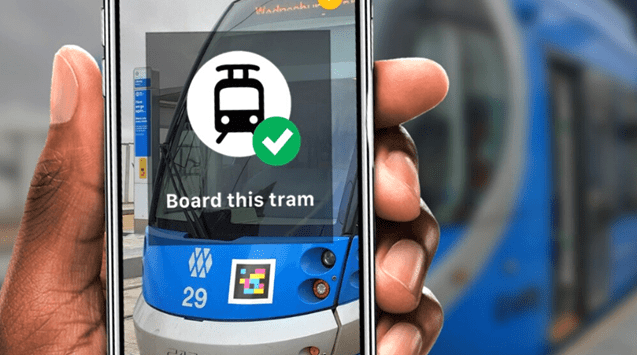
Digital technologies allow for personalized and at-hand support, reducing the barriers to transit use for customers with vision and hearing loss – and addressing some hidden needs of a broader audience as well. Together, these innovations have a positive impact on passenger satisfaction.
Three accessible-focused innovations that start with keeping the user goals in mind:
- Personal Onboard Announcements
We are aiming to improve accessibility for passengers with hearing loss, by providing personal onboard announcements via the Icomera Passenger Wi-Fi and GoMedia’s real-time information solution.As an announcement occurs, the passenger receives a text notification, and the audio begins playing automatically. The passenger controls the volume and can set notifications for their specific destination or opt to hear them all. A history of announcements is always available, which allows users who need more time or those who were distracted to go back and review.Additionally, the notifications are multi-lingual, and can be changed in the user settings. A passenger can also set an advanced notice timer when more time is needed to alight. Leveraging personal devices in this way is a viable alternative to hearing loops, and it broadens the use case to include people who have a temporary limitation such as from an ear infection, or a self-imposed limitation, such as headphones.The solution works throughout the train via Wi-Fi and went to trial testing for Transport of Wales in the UK in February, on the 769 fleet.Existing wireless communications systems, such as onboard Wi-Fi, can be used to improve the passenger experience for customers with hearing loss.
- Guided Navigation
Guided Navigation aims to improve accessibility in busy station environments for partially sighted and blind passengers by using technology powered by GoMedia’s real-time information solution.This feature was developed in partnership with the Royal Institute of Blind people (RNIB) in the UK and it provides real-time information to guide passengers through the station and to the correct train. It does this by leveraging NaviLens BIDI codes and to GoMedia’s live cloud-based passenger information system to display directions in the NaviLens GO app.Passengers simply hold up their smartphone. The device automatically recognizes any NaviLens BIDI codes in view and displays, live journey information, augmented reality with the arrows and instructions. As you move throughout the station or train, your phone continues to pick up BIDI codes and guides you to your destination.BIDI codes look similar to QR codes but are brightly colored and far more effective and secure for devices to pick up. They are registered 12x faster and take just a fraction of a second to read. A mobile device’s camera can read them from more than 30 meters away, and they can even be out of focus or orientation. Incredibly, a mobile device’s camera can pick up multiple tags simultaneously.One can see that BIDI codes are a proven technology with deployments in New York Metro, Barcelona, and LA. It is even used beyond transport, such as in supermarkets on some Kellogg’s packaging to provide ingredient information.Improving accessibility for visual and customers with hearing loss increases overall satisfaction while creating a more equitable society.
 Trial Results:
Trial Results:Testing on any project is very important.
We gathered feedback from 96 test users with a range of abilities across two different trial locations. The results were extremely positive.
· 94% could locate elements they could not before
· 75% would classify it as a fully inclusive service
· 86% felt it would reflect positively on the transport operator, if implemented
- Location-based Information
This technology is in early trial with us, and instead of BIDI codes, it leverages location-based augmented reality (AR). Icomera can provide live journey information, platform navigation, and the ability for staff and passengers to locate each other when assistance is needed, all by viewing intelligently placed in-app AR markers overlaid on their smart device’s screen. Because of the wonderful technology of geo-location, there is even lower maintenance when it comes to signage.Previously the level of content-rich, location-based information needed was not possible due to a lack of the necessary technology and infrastructure. Relevant information is now being transmitted to passengers’ devices in the format that they require, over 5G cellular networks. The reduced latency of 5G increases the speed of data delivery to personal devices, improving current location tools. The increased capacity of the 5G-enabled onboard Wi-Fi also allows passengers to stream more content-rich augmented reality (AR) location-based videos while traveling on the moving vehicle.
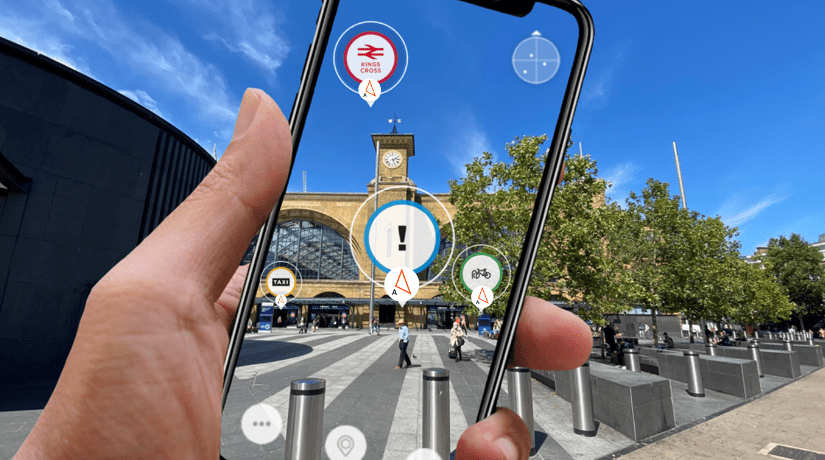
In summary, inclusive design leads to greater innovation and opportunities to fulfil user needs. Human needs are diverse and will change with circumstances and time. Keeping an accessible-focused mindset when building transit experiences, leads to a better experience for all passengers.
We hope you will join us in building more accessible-focused transit.
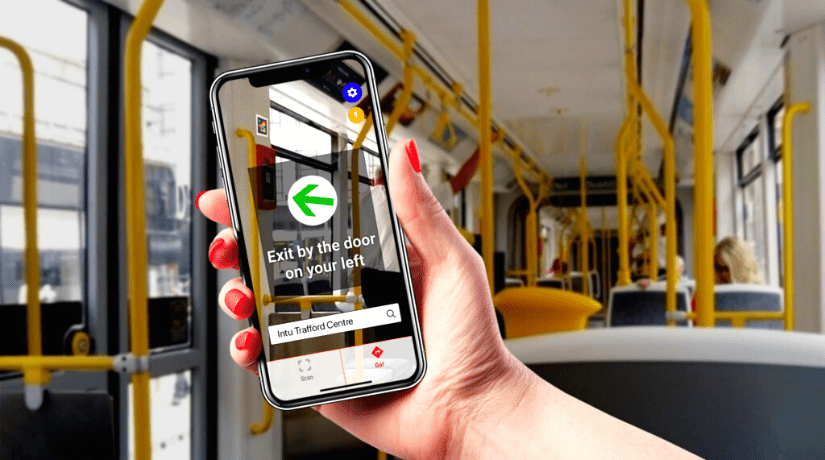
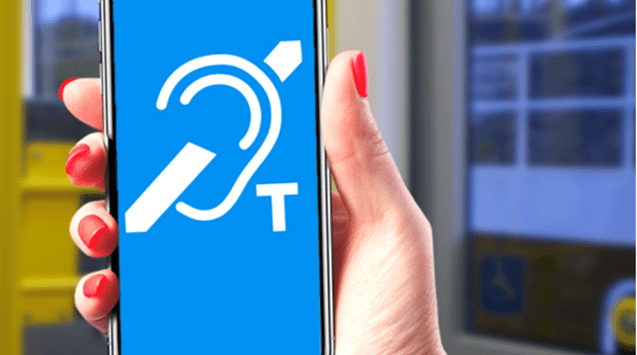
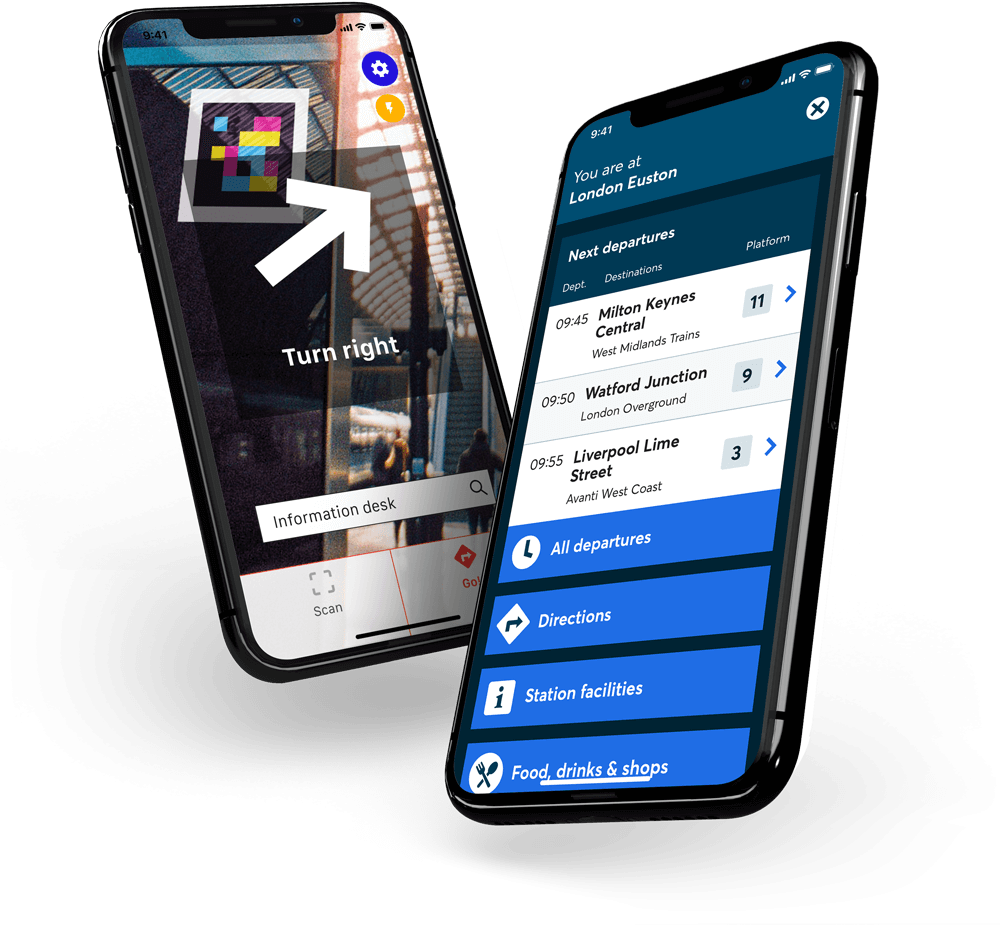 Trial Results:
Trial Results: